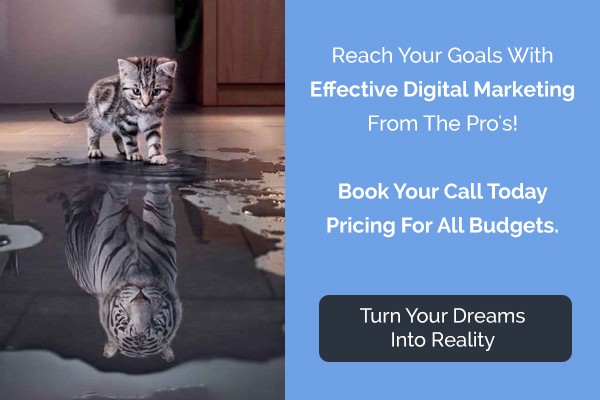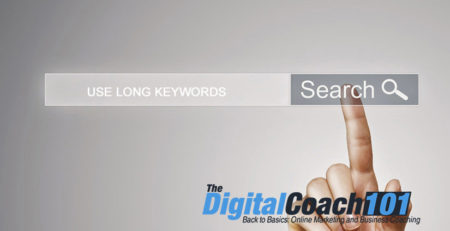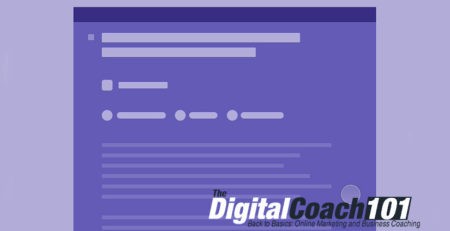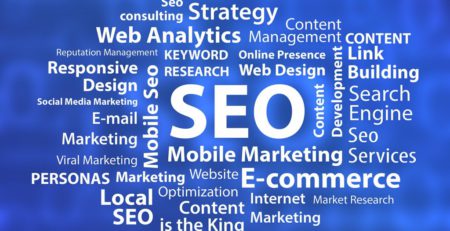Anatomy of an search engine optimized solution
A website that doesn’t get you found is worth nothing. It doesn’t matter how pretty it looks. It doesn’t matter how much you spent on it. It doesn’t matter what your photography cost, or how great your e-commerce portal is. If you are not optimized for effective SEO or search engine optimized shame.
All of that is wasted if no one very finds you.
And without a site optimized for search, no one will.
Search engine optimization seems complicated at first. But there are some simple tricks to getting it right:
- Know what words to use – this is the most important key to getting your search optimization right. It’s essential that you know which words your potential prospects are using when they look for the products and services you offer.There are two ways to find out what those words are: ask your customers, and ask Google. Asking your customers is as simple as that. Just ask them how they found you.Asking Google is only slightly harder. Using Google’s keyword planner tool, you can easily find out which words people use when they look for what you do.
- Know what you’re targeting – the second most important thing you need to do when optimizing your site is to know exactly which aspect of your business you’re trying to sell on each page.
- Only speak about one thing on each page – this is tied to the point above. While your site may sell a wide range of products or services, each page on it should only address one of those at a time. This gives Google – and your visitors – the best chance of finding you, and making sense of what you do.
- Use synonyms – when you know the best keyword or phrase to use on each page, it can be tempting to repeat that word or phrase as many times as possible, for maximum impact. Don’t do it. Google sees this as keyword loading, and will penalize you for it. Instead, use a tool like Wordnik to identify similar terms that support your core concept, without overloading your page with repetition.
- Use headers properly – HTML allows you a range of header style options from H1 (header 1) to H6 (header 6). There can be only one H1 header, but that doesn’t mean you can’t use the other header styles to demarcate the sections of your text and draw the eye through for easy reading. Including key words and phrases in these headings will increase your SEO impact on each page.
- Use bold and italic to emphasize key words and phrases – Throughout the text, be sure to highlight core concepts and keywords with either bold or italic text. Not only does this draw the eye more easily through the text, it also supports search by clearly identifying the most important concepts on each page for both search engines and readers.
- Tag the backend – whether you create your site using a CMS, or raw HTML, use the tools at your disposal to insert your key words and phrases into the backend of your site. And make sure you don’t repeat the same terms on all the pages – what a waste!
- Tag images – Images without “alt” tags (alternative text) cannot be “read” by Google. This means that they may as well not exist as far as search engines are concerned. It also means that your site’s images have no weight whatsoever when it comes to an image search. When you tag your images with text that clearly tells search engines what the image is about, you boost your page’s chances of being found online.
- Remember the power of links – back links not only tell people online that you exist (and where to find you), they lend authority to your site. When you include backlinks from respected sites (like social channels, for instance), you signal the value of your site and improve both your web traffic and your search rankings.
When you join the Digital Coach club, we’ll show you practical ways to put these tools to good use for your business.













